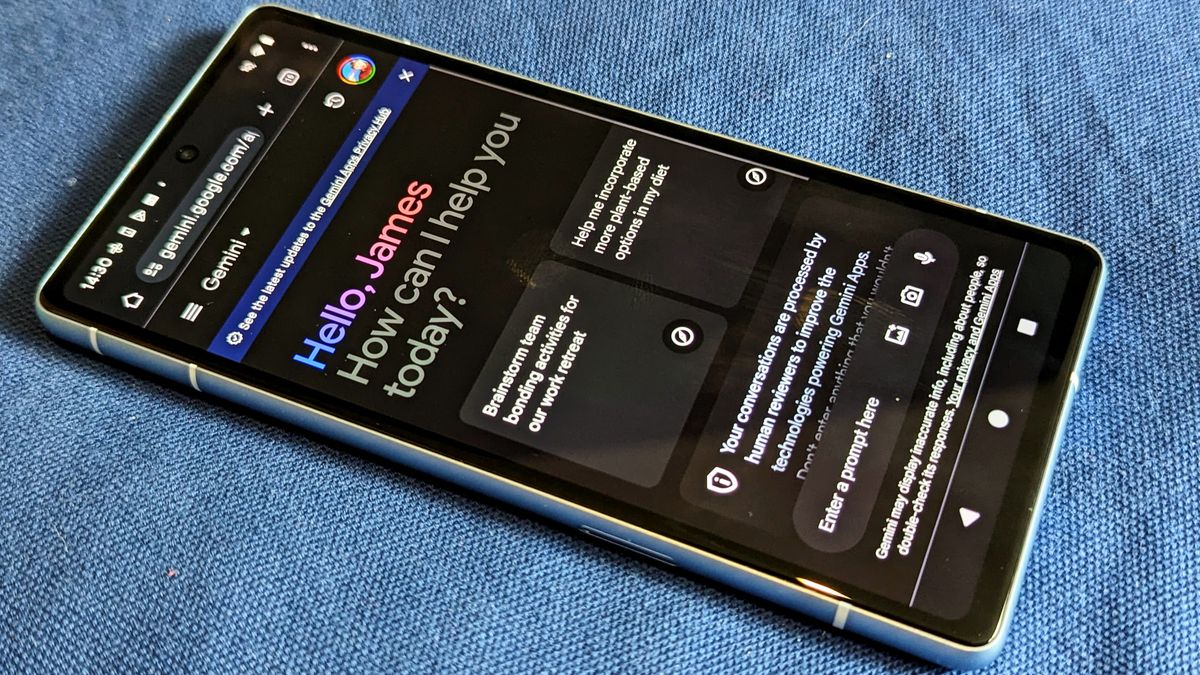We know that the Gemini generative AI chatbot is heading to Google Messages very soon – Google told us so last month – and we’ve now got some newly published screenshots that give us a preview of how the feature will look and function.
These screenshots come courtesy of some code digging by the team at TheSpAndroid (via Android Authority), and we can see Gemini generating images, pulling up details from Google Maps, and suggesting snippets of code.
It also seems as though it will pull up details from a connected Gmail account, and a Google account is required to use the chatbot – it won’t work without one. It doesn’t appear that the AI bot is configured to work in group chats either.
The report states that Gemini in Google Messages doesn’t seem to be able to analyze images and respond to prompts about them, though in a statement to Android Authority, Google said this functionality is included.
Limited availability
There are no real surprises here, as Gemini in Google Messages looks to work much as it does on the web and in the Android app. However, it’s interesting to see the technology built into the default messaging app for Google’s mobile operating system.
It’s not clear when we’ll all be able to test this for ourselves, though based on this latest leak, it shouldn’t be much longer. There’s already an official support page up for the feature explaining how to start interacting with the chatbot.
At least to begin with, the feature will be limited to certain Android handsets: the Google Pixel 6 (or a later Pixel phone), the Google Pixel Fold, the Samsung Galaxy S22 (or a later Samsung Galaxy phone), or any Samsung Galaxy Z Flip or Galaxy Z Fold.
All of this AI technology is moving forward at a rapid pace, and we should hear more about Gemini at Google I/O 2024 on May 14. We can expect a lot of AI talk from Apple too, at its own WWDC 2024 event, which should be happening sometime in June.
You might also like

Laura Adams is a tech enthusiast residing in the UK. Her articles cover the latest technological innovations, from AI to consumer gadgets, providing readers with a glimpse into the future of technology.








